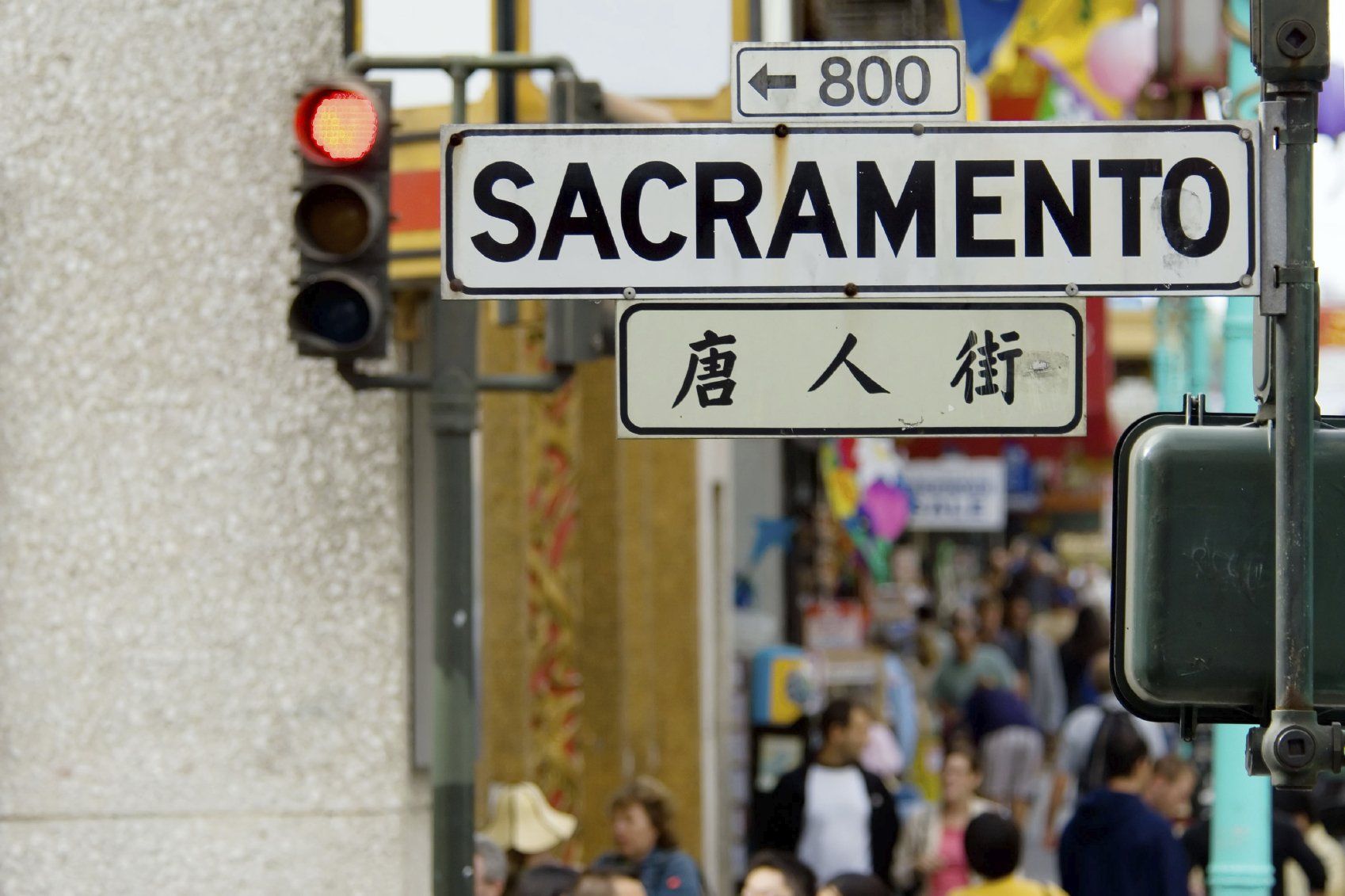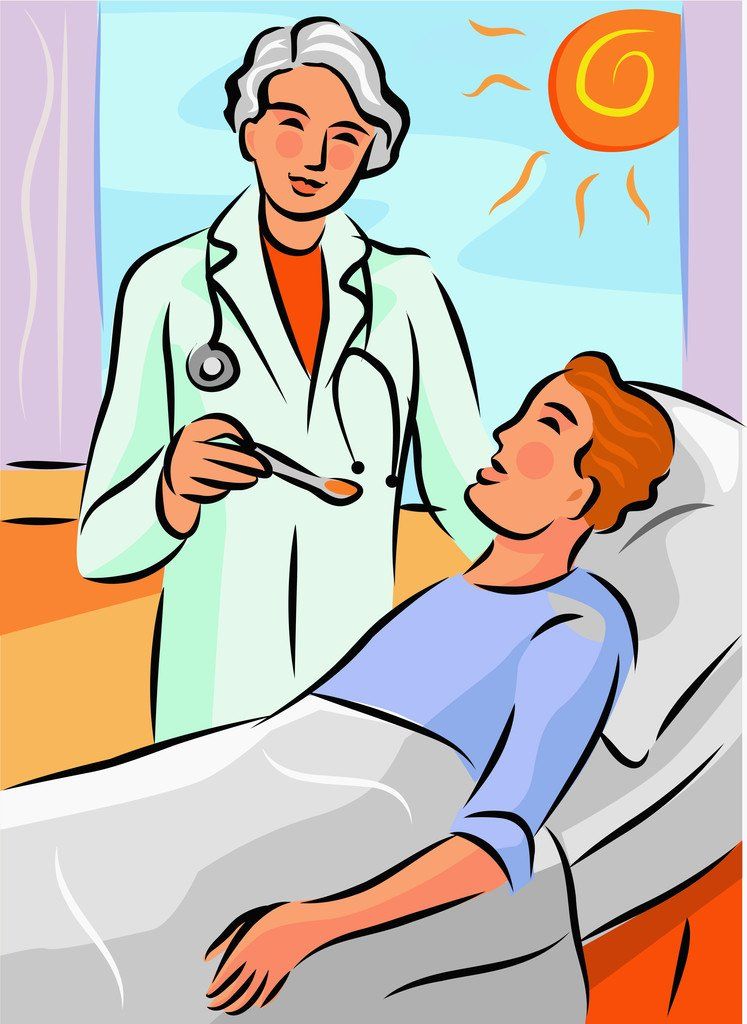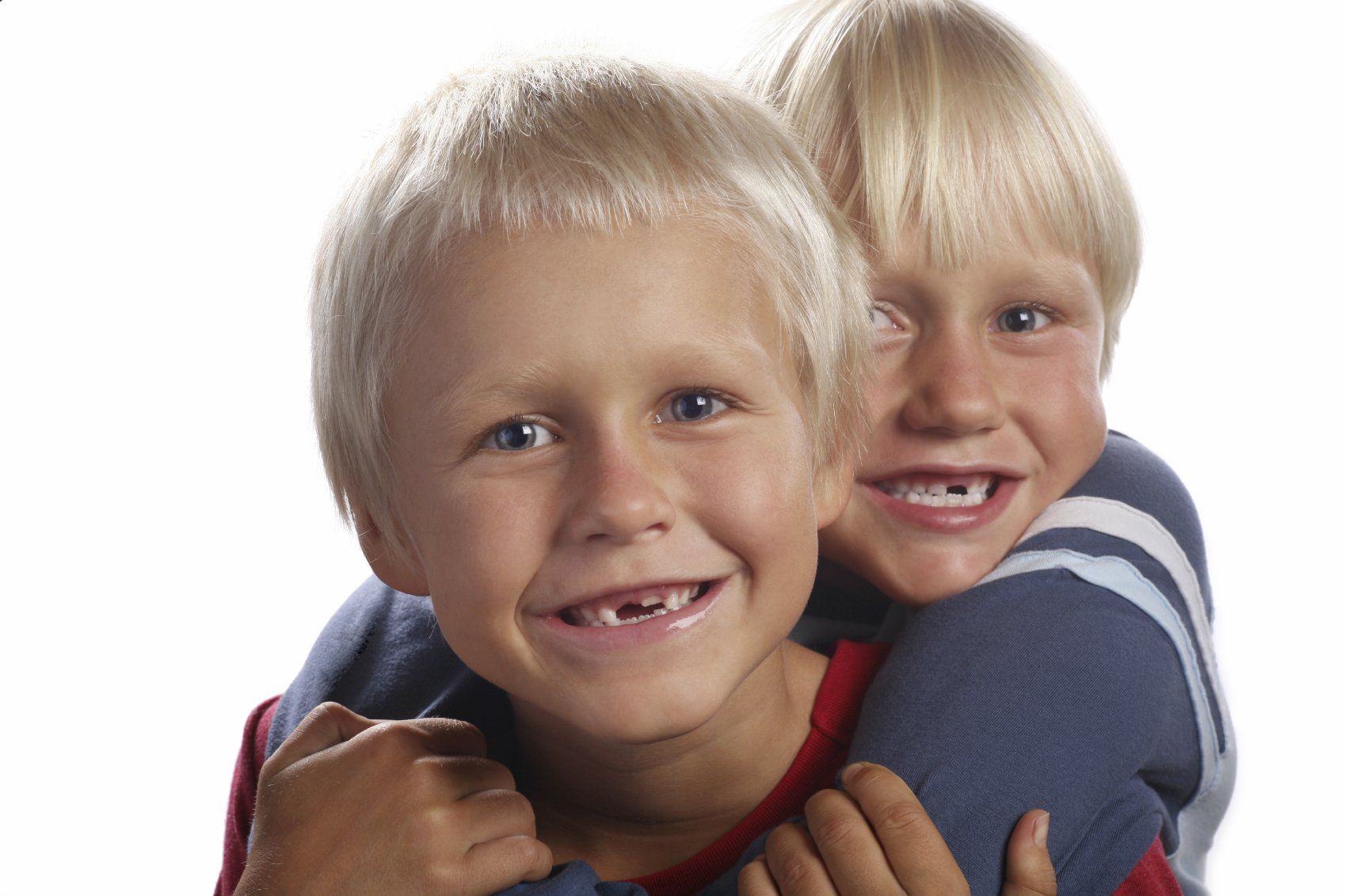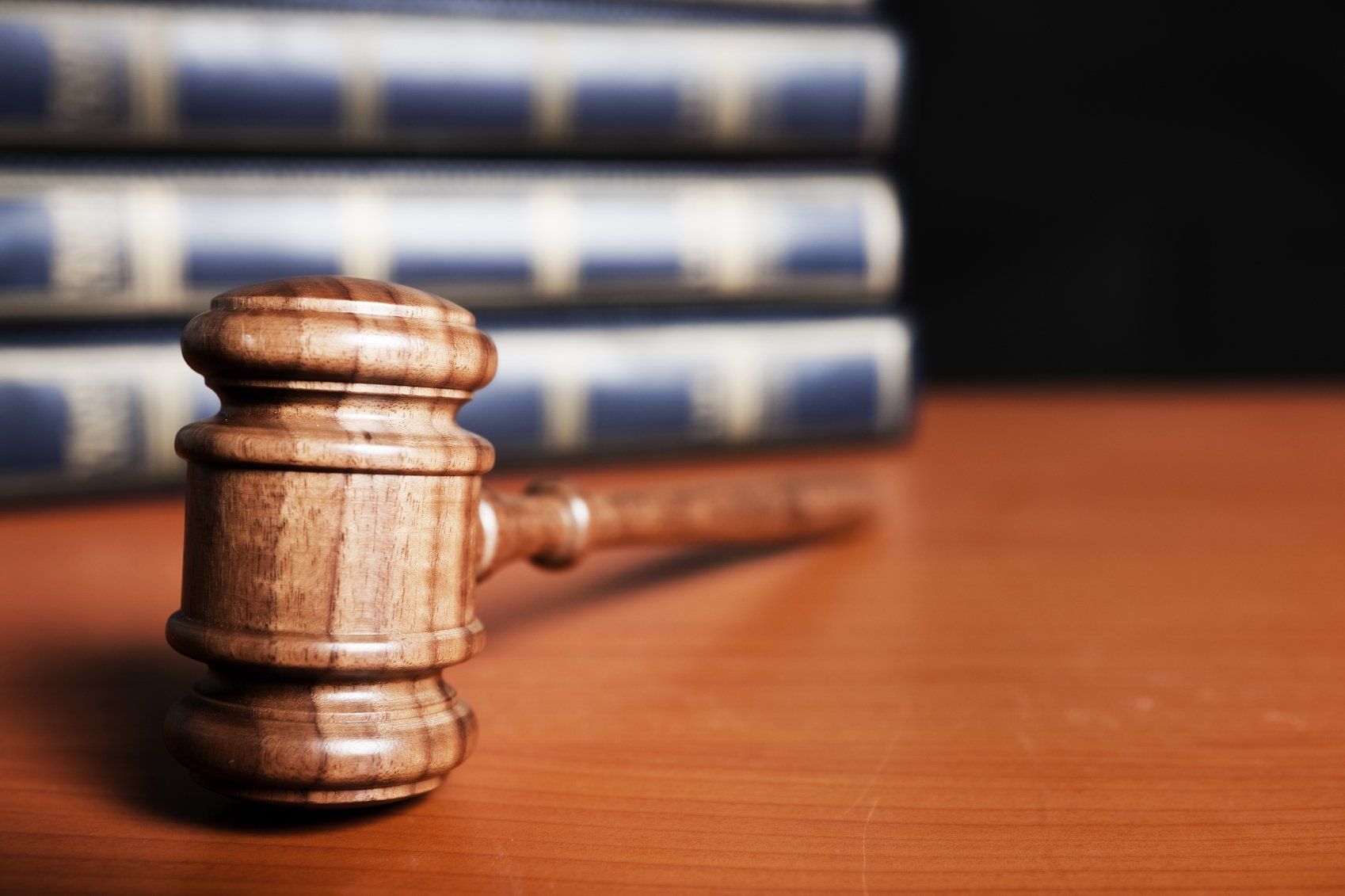California
Dental Sedation-Anesthesia
Laws
"Protection of the public shall be the highest priority for the Dental Board of California"
BPC Division 2, Chapter 4, Article 1, Section 1601.2
Mandatory Reporting
Death or Hospital Transfer
Report to the Dental Board of California within 7 days:
"(A)the death of the licensee’s patient during the performance of any dental or dental hygiene procedure;
(B) the discovery of the death of a patient whose death is related to a dental or dental hygiene procedure performed by the licensee; or
(C) except for a scheduled hospitalization, the removal to a hospital or emergency center for medical treatment of any patient to whom oral conscious sedation, conscious sedation, or general anesthesia was administered, or any patient as a result of dental or dental hygiene treatment. With the exception of patients to whom oral conscious sedation, conscious sedation, or general anesthesia was administered, removal to a hospital or emergency center that is the normal or expected treatment for the underlying dental
condition is not required to be reported."
BPC Division 2, Chapter 4, Article 4, Section 1680(z)
California dental anesthesia and sedation laws are changing, having undergone major revision with the September 29, 2018 Governor signing of SB 501 (Glazer Law). These new laws are scheduled to take full effect on January 1, 2022 and, in the interim, have modified existing dental anesthesia and sedation laws (effective January 1, 2020).
One change is the updating of California definitions away from "conscious sedation" to align with contemporary sedation definitions: minimal, moderate, and deep sedation and general anesthesia--consistent with the American Society of Anesthesiologists, the American Academy of Pediatrics, the Joint Commission, the American Dental Association, the American Society of Dentist Anesthesiologists, and the American Academy of Pediatric Dentistry.
Disclaimer
This website is for informational purposes only: presents only some excerpts and some summaries from some California legal code and weblinks to some California statutes including the California Business and Professional Code Division 2, Chapter 4 Dentistry and the California Code of Regulations, Title 16, Division 10, Chapter 2 Dentistry. This website does not constitute legal advice. Always consult with your medical and legal counsel.
California Health and Safety Code Division 2, Chapter 2, Article 5, Section 1367.71 Hospital and Anesthesia Coverage for Under 7 years old; or Developmentally Disabled; or Medical Necessity
(a) Every health care service plan contract, other than a specialized health care service plan contract, that is issued, amended, renewed, or delivered on or after January 1, 2000, shall be deemed to
cover general anesthesia and associated facility charges for dental procedures rendered in a hospital or surgery center setting, when the clinical status or underlying medical condition of the patient requires dental procedures that ordinarily would not require general anesthesia to be rendered in a hospital or surgery center setting.
cover general anesthesia and associated facility charges for dental procedures rendered in a hospital or surgery center setting, when the clinical status or underlying medical condition of the patient requires dental procedures that ordinarily would not require general anesthesia to be rendered in a hospital or surgery center setting.
The health care service plan may require prior authorization of general anesthesia and associated charges required for dental care procedures in the same manner that prior authorization is required for other covered diseases or conditions.
(b) This section shall apply only to general anesthesia and associated facility charges for only the following enrollees, and only if the enrollees meet the criteria in subdivision (a):
(1)
Enrollees who are under seven years of age.
(2) Enrollees who are
developmentally disabled, regardless of age.
(3) Enrollees whose
health is compromised and for whom general anesthesia is medically necessary, regardless of age.
(c) Nothing in this section shall require the health care service plan to cover any charges for the dental procedure itself, including, but not limited to, the professional fee of the dentist. Coverage for anesthesia and associated facility charges pursuant to this section shall be subject to all other terms and conditions of the plan that apply generally to other benefits.
(d) Nothing in this section shall be construed to allow a health care service plan to deny coverage for basic health care services, as defined in Section 1345 .
(e) A health care service plan may include coverage specified in subdivision (a) at any time prior to January 1, 2000.
Reporting of Adverse Anesthesia Events
to California Legislature
1601.4 (a) (1) The [California Dental] board shall review both of the following:
(A) Available data on all adverse events related to general anesthesia and deep sedation, moderate sedation, and minimal sedation in dentistry.
(B) Relevant professional guidelines, recommendations, or best practices for the provision of dental anesthesia and sedation care.
(2) By January 1, 2022, the board shall report to the Legislature any findings pursuant to this subdivision that are relevant to inform dental anesthesia and sedation standards.
(3) A report to be submitted pursuant to this subdivision shall be submitted in compliance with Section 9795 of the Government Code.
(b) The board shall provide a report on pediatric deaths related to general anesthesia and deep sedation in dentistry at the time of its sunset review pursuant to subdivision (d) of Section 1601.1.
(c) The board shall retain available data on all adverse events related to general anesthesia and deep sedation, moderate sedation, and minimal sedation in dentistry for not less than 15 years.
(Amended by Stats. 2018, Ch. 929, Sec. 1. (SB 501) Effective January 1, 2019.)
Business and Professional Code Division 2, Chapter 4, Article 1, Section 1601.4
Glazer Law SB 501 also adds
Section 1682
"In addition to other acts constituting unprofessional conduct under this chapter, it is unprofessional conduct for:
(a) Any dentist performing dental procedures to have more than one patient undergoing moderate sedation, deep sedation, or general anesthesia on an outpatient basis at any given time unless each patient is being continuously monitored on a one-to-one ratio while sedated by either the dentist or another licensed health professional authorized by law to administer moderate sedation, deep sedation, or general anesthesia.
(b) Any dentist with patients recovering from moderate sedation, deep sedation, or general anesthesia to fail to have the patients closely monitored by licensed health professionals experienced in the care and resuscitation of patients recovering from moderate sedation, deep sedation, or general anesthesia. If one licensed professional is responsible for the recovery care of more than one patient at a time, all of the patients shall be physically in the same room to allow continuous visual contact with all patients and the patient to recovery staff ratio should not exceed three to one.
(c) Any dentist with patients who are undergoing deep sedation, general anesthesia, or moderate sedation
to fail to have these patients continuously monitored during the dental procedure with a pulse oximeter or similar
or superior monitoring equipment and ventilation continuously monitored using at least two of the three following methods:
(1) Auscultation of breath sounds using a precordial stethoscope.
(2) Monitoring for the presence of exhaled carbon dioxide with capnography.
(3) Verbal communication with a patient under moderate sedation. This method shall not be used for a patient under deep sedation or general anesthesia.
(d) Any dentist with patients who are undergoing moderate sedation to have dental office personnel directly involved with the care of those patients who are not certified in basic cardiac life support (CPR) and recertified biennially.
(e) (1) Any dentist to fail to obtain the written informed consent of a patient prior to administering moderate sedation, deep sedation, or general anesthesia. In the case of a minor, the consent shall be obtained from the child’s parent or guardian.
(2) The written informed consent for general anesthesia, in the case of a minor, shall include, but not be limited to, the following information:
“The administration and monitoring of deep sedation or general anesthesia may vary depending on the type of procedure, the type of practitioner, the age and health of the patient, and the setting in which anesthesia is provided. Risks may vary with each specific situation. You are encouraged to explore all the options available for your child’s anesthesia for their dental treatment, and consult with your dentist, family physician, or pediatrician as needed.”
(3) Nothing in this subdivision shall be construed to establish the reasonable standard of care for administering or monitoring oral moderate sedation, moderate sedation, deep sedation, or general anesthesia.
(f) This section shall become operative on January 1, 2022.
(Amended (as added by Stats. 2018, Ch. 929, Sec. 11) by Stats. 2019, Ch. 632, Sec. 3. (AB 1622) Effective January 1, 2020.)
BPC Division 2, Chapter 4, Article 4, Section 1682












